Both probiotics and prebiotics are important for keeping your digestive system healthy, but they are not the same. Probiotics are good bacteria that live in your gut, while prebiotics are a type of fiber that helps these good bacteria grow and stay balanced.
To make it clearer, let’s explore the key differences between probiotics and prebiotics!
1. What are Probiotics?
Probiotics are good microorganisms that live in the human body and help improve our health. They are most commonly found in the colon but also inhibits other parts of the body, such as the small intestine, mouth, urinary tract, skin, and lungs. Probiotics also function as natural preservatives by lowering pH levels and hindering the growth of harmful bacteria.
Probiotics are mostly made up of bacteria compared to other microbial variants. The most commonly found types of probiotic bacteria include:
• Lactobacillus Acidophilus: helps maintain a balanced number of good bacteria in the digestive tract
• Lactobacillus Rhamnosus: fights harmful bacteria in the gastrointestinal tract by increasing the number of T cells
• Lactococcus Lactis: repairs the intestinal lining and reduces possible inflammation
• Streptococcus Thermophiles: helps prevent lactose intolerance, and
• Bifidobacterium Longum: controls the level of pH in the intestine.
The presence of these microbiota can be optimized by consuming foods like yogurt, tempeh, kefir, kimchi, pickles, kombucha, cheddar cheese, and similar items. These foods have gone through a fermentation process involving several types of bacteria to produce beneficial microbiota, which are essential for maintaining a healthy digestive system.
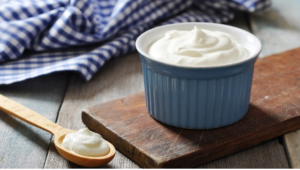
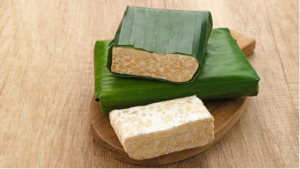
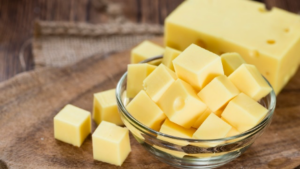
2. What are Prebiotics?
Simply put, prebiotics are the main food source for probiotics. Some people may think that prebiotics and fiber are the same, but that’s not entirely true. Not all types of fiber help grow good bacteria. Prebiotics are found in vegetables and fruits, especially those rich in complex carbohydrates. Complex carbohydrates, made up of fiber and starch, are hard for the body to process. As these substances move through digestion, they naturally become food for beneficial bacteria and other good microorganisms.
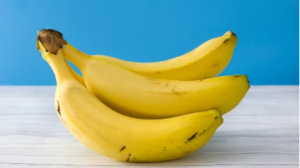
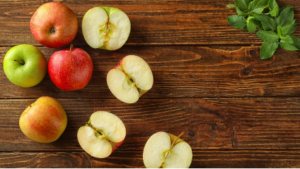

Examples of foods rich in prebiotics include bananas, apples, oats, onions, garlic, leafy greens, asparagus, jicama, and similar items.
To keep your digestive system in good shape, it’s important to eat both probiotic and prebiotic foods. A healthy digestive system is the foundation of overall health, helping Ayo-ma friends prevent a variety of diseases, such as GERD, stomach ulcers, hepatitis, gallstones, and cancer.
Reference:
https://cfns.ugm.ac.id/2020/06/12/ketahui-perbedaan-dan-manfaat-probiotik-prebiotik-dan-sinbiotik/
https://hellosehat.com/nutrisi/fakta-gizi/probiotik-dan-prebiotik-apa-bedanya/



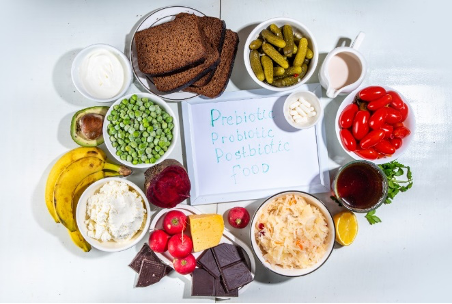





No comments yet.